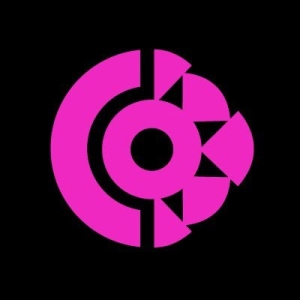What is our primary use case?
There was a very big chunk of manufacturing sensors, and we had an OT, like environment, so we were unaware of the device getting installed there, after which we thought of installing Claroty Platform as a sensor to get an idea of the assets we have in our environment. Having an idea of the assets we have in our environment can help us create a kind of inventory and get to know about the vulnerabilities that our environment is having, which can then provide alerts.
What is most valuable?
The tool's best feature was the UI and the simplicity it offers. There are multiple vendors associated with OT monitoring background. Claroty Platform has everything in itself in a single package. The tool offers live monitoring, and you can also collect the data from an isolated environment and then fetch it inside Claroty Platform, which will give the details about it. The tool's dashboard was really good. If you want to highlight something to upper management or some other stakeholders, like how our environment is right now, then creating a dashboard and highlighting it in front of management would be quite useful.
What needs improvement?
In my company, we have done PoC on multiple vendors, and at that point, we figured out what improvements are needed in Claroty Platform. When we talk about vulnerabilities, Claroty Platform only gives the vulnerabilities based on the make and model of the devices, so it doesn't provide any resolution or any detailed explanation of how one can resolve such issues. From a vulnerability point of view, if you want to do vulnerability management, that will be a little bit of a difficult task with Claroty Platform because most of the time, we will have to figure out how to resolve it and whether patches are available for this particular device or version of the software which we are using.
For how long have I used the solution?
I have been using Claroty Platform for two years. I am a user of the tool.
What do I think about the stability of the solution?
It is a stable solution. I haven't faced any breakdown in the environment.
What do I think about the scalability of the solution?
My company had eight locations, and we deployed only two. The tool was managed by four people. One person was to look after the administration and other people were to respond to the incidents and alerts happening in the tool.
How are customer service and support?
My company had multiple discussions with Claroty's support, and their team was quite responsive. There were some incidents where we were unable to figure out some things within Claroty from a knowledge point of view, and that was where the tool's support team helped us. I rate the technical support a seven out of ten.
How would you rate customer service and support?
How was the initial setup?
The product is difficult to deploy because, like everyone in manufacturing, all the locations and other areas are not nearby. The stations, power stations, and devices are not nearby. Sometimes, we will have to introduce new technologies within the environment to transfer the data to the sensor. The tool's deployment is a bit hectic. The tool's deployment will be smooth once we figure it out. One needs to think about the tool before deploying it.
The solution is deployed on an on-premises model in the security center for threat detection.
What about the implementation team?
The tool was deployed with the help of the solution's partner.
What's my experience with pricing, setup cost, and licensing?
The tool is quite expensive. I would not say it is not a cheap tool. All the major companies offering any particular OT monitoring tool, provide the same product.
Which other solutions did I evaluate?
In my company, I was the one who initiated the need to have the product. After my company had dealt with a number of PoCs from different vendors, Claroty Platform was the one we chose from the list containing Microsoft Defender for IoT and Tenable. Our basic requirement was to get an idea of the devices that we have in our environment and then connect it with the main data center. Claroty Platform was a mature product at a time when Microsoft Defender for IoT and Tenable were still struggling to set up their software requirements. My company went ahead with Claroty Platform as it was a mature tool at that point. I am not using Claroty Platform right now, so I can't say much about it.
What other advice do I have?
I cannot suggest anyone use Claroty Platform directly, and I would request others to list down their requirements. If your requirements and infrastructure are such that you can deploy your physical devices for multiple locations, then I would suggest you go ahead with Claroty Platform. If you have some other kind of infrastructure with cloud deployments in your company, then I would suggest you look for products other than Claroty Platform. Microsoft Defender for IoT works well in the cloud if you have Azure deployments. If you have physical deployment going on, you should go ahead and install Claroty Platform.
I rate the tool an eight out of ten.
Which deployment model are you using for this solution?
On-premises
*Disclosure: I am a real user, and this review is based on my own experience and opinions.









